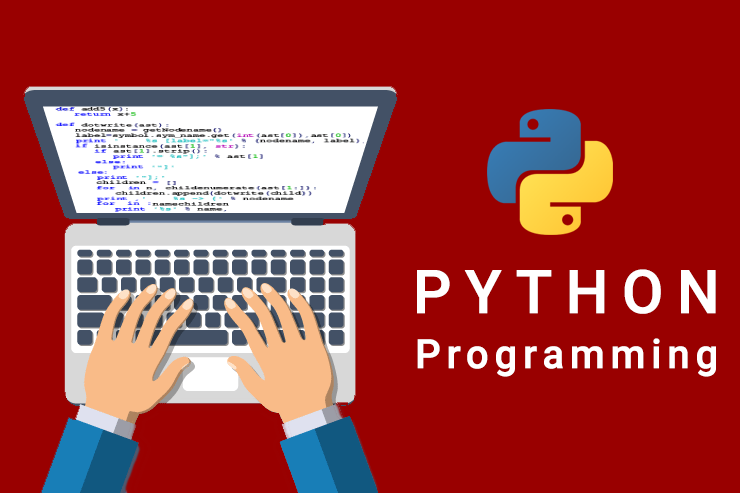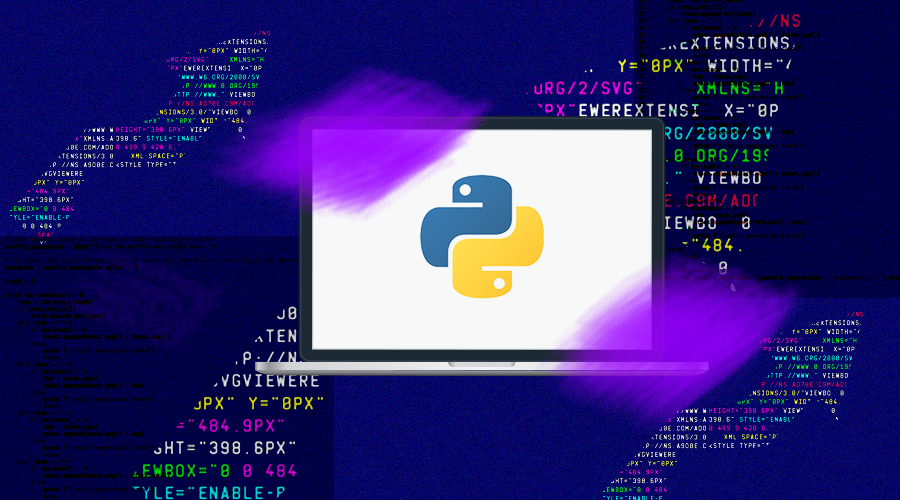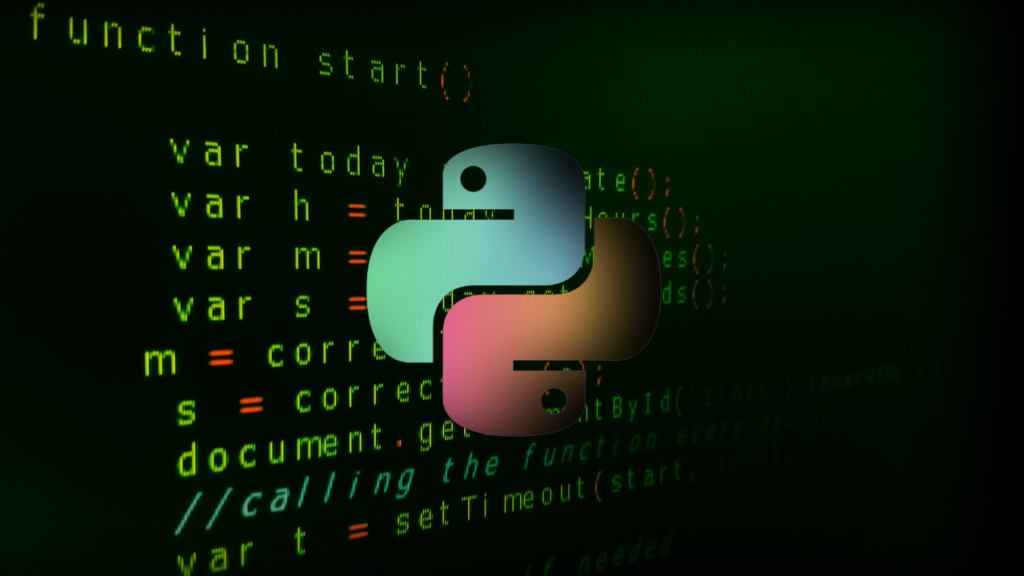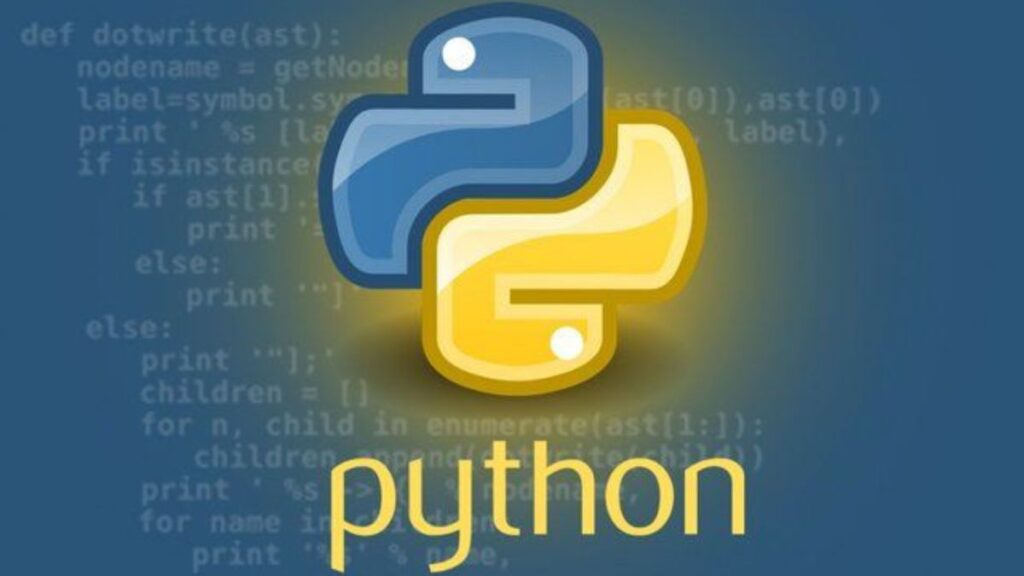
Stable diffusion is a concept or approach rather than a specific software or program that can be run on a computer. It involves the gradual and consistent spread of information or innovation within a system or society, which requires a deliberate and adaptive approach tailored to the specific context. Therefore, you cannot “run” stable diffusion on your computer in the traditional sense.
However, there are various tools and software programs that can support the implementation of stable diffusion in different contexts. For example, you may use communication software, such as email or messaging platforms, to disseminate information and facilitate communication between different stakeholders. You may also use data analysis software to monitor and evaluate the progress of stable diffusion and make adjustments as necessary.
To effectively implement stable diffusion, it is important to have a thorough understanding of the context in which you are working, as well as the target audience and the information or innovation you are trying to spread. You should also have a clear plan and strategy for how to introduce and adapt the information or innovation, as well as a system for monitoring and evaluating the progress of stable diffusion over time.
This article is shared by https://www.itechscripts.com/stable-diffusion/ | A leading resource of inspired clone scripts. It offers hundreds of popular scripts that are used by thousands of small and medium enterprises.








